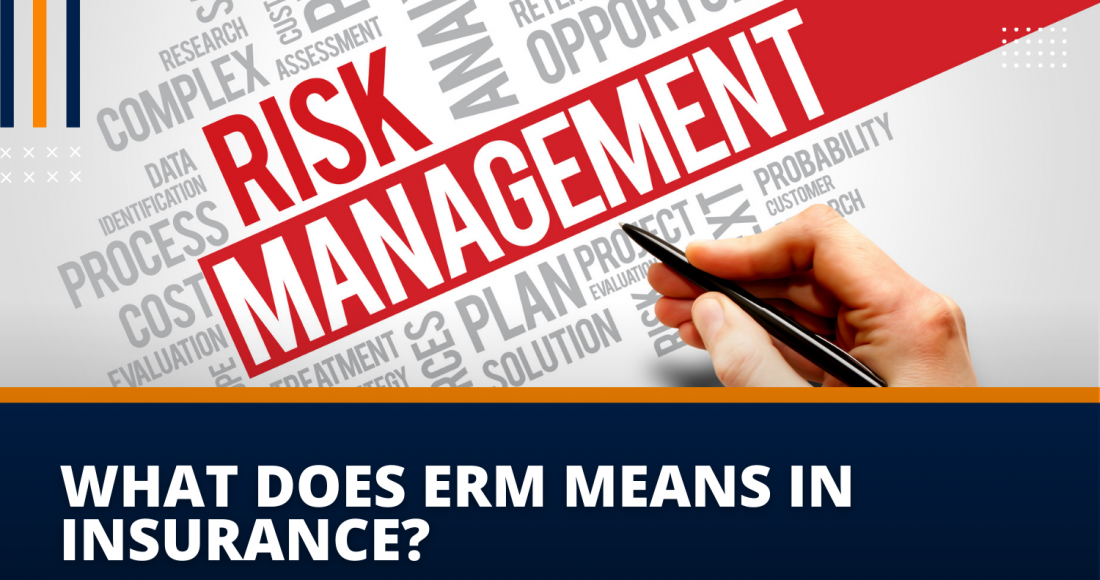ERM requires corporations to assess all risks and decide which ones they will actively manage; however, it also allows top managers to make executive decisions regarding risk management, regardless of whether a particular segment benefits from it. As a result, isolated risks within an individual business unit do not know or see the bigger picture.
What Is ERM?
ERM is a method used by banks, insurance companies, and corporations to manage risk holistically. The top-down strategy involves assessing, preparing for, and finding ways to prevent losses, dangers, hazards, and other potential damages that can interfere with operations or objectives and lead to losses. An enterprise resource management system requires management-level decisions that benefit a specific segment or business unit. Rather than having each business unit manage its risk on its own, firm-wide surveillance takes precedence. For example, if a risk manager discovers that two trading desks in different parts of the firm have exposures to the same risk, they may force the less important desk to eliminate that risk exposure. They are deciding with the entire firm in mind (not with the individual trading desk).
Understanding ERM
ERM requires corporations to assess all risks and decide which ones they will actively manage; however, it also allows top managers to make executive decisions regarding risk management, regardless of whether a particular segment benefits from it. As a result, isolated risks within an individual business unit do not know or cannot see the bigger picture. The distributed risk plan also often appears in an annual report to all stakeholders. ERM is present in industries as diverse as aviation, construction, public health, international development, energy, finance, and insurance. For years, companies have managed risk. By tradition, each business unit evaluates and contains its risks and reports back to the CEO later. During the past few years, corporations have increasingly begun to recognize the importance of taking a holistic approach.
Enterprise Risk Management In Insurance
The adoption of effective ERM allows insurers to identify, measure, accept, control, report, and monitor all material risks more efficiently. For ERM to work, it must be a core component of the insurance company’s business, integrated with its corporate culture, and aligned with its strategic goals. As part of their corporate governance frameworks, insurance supervisors ensure that directors oversee risk management functions properly. Ultimately, they implement enterprise risk management by an insurer’s board of directors per the firm’s business model, size, and complexity.
A critical component of risk-based supervision is the supervisor’s assessment of how well insurers manage their risks. For supervisors to be effective, they must be knowledgeable about risks arising from insurance operations and insurer risks in general. As a result, they can adopt a principles-based approach rather than a one-size-fits-all approach. In this way, insurers with low-risk profiles are less burdened with unnecessary regulations. In contrast, insurers with large and complex operations give regulatory incentives to take additional measures to mitigate more significant risks.





